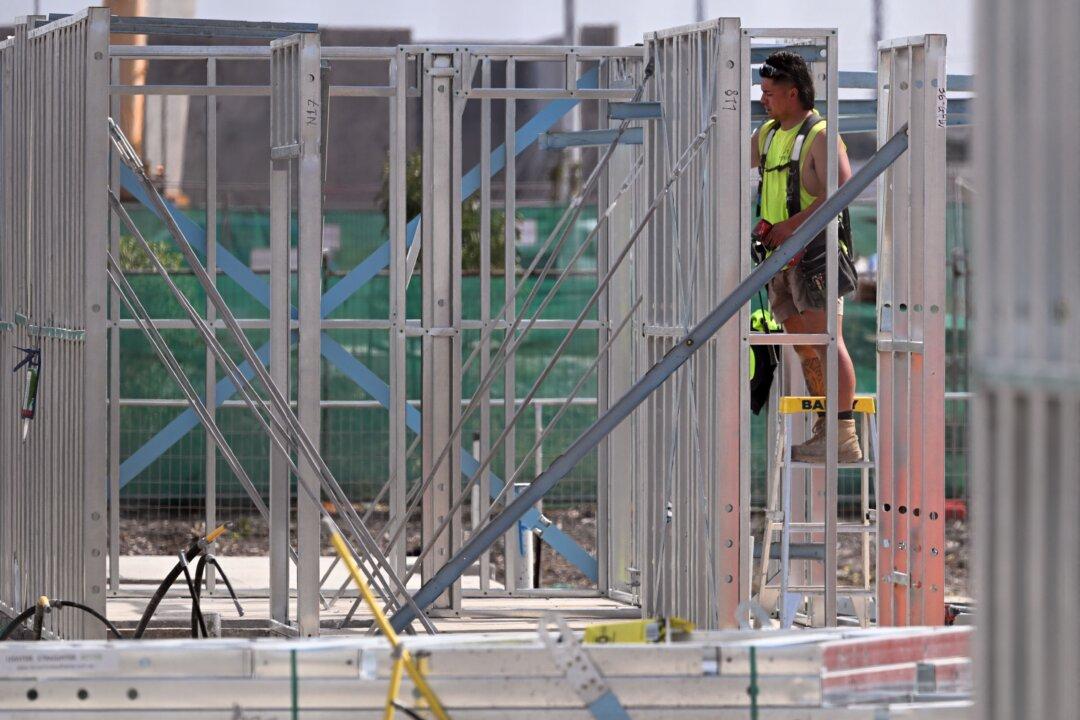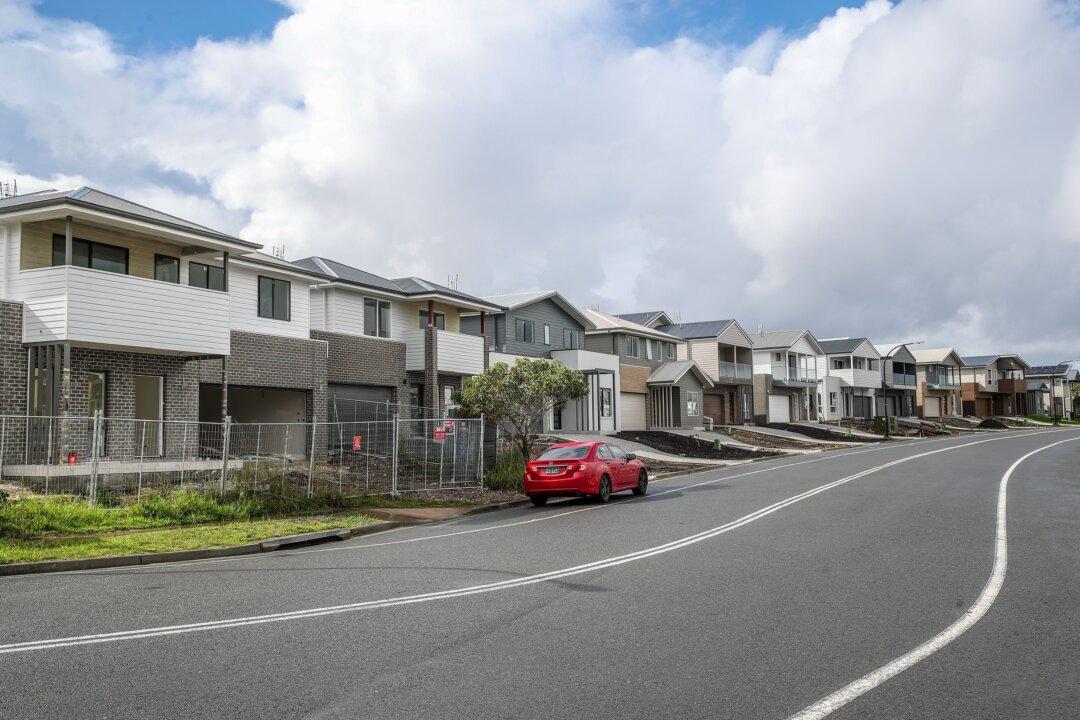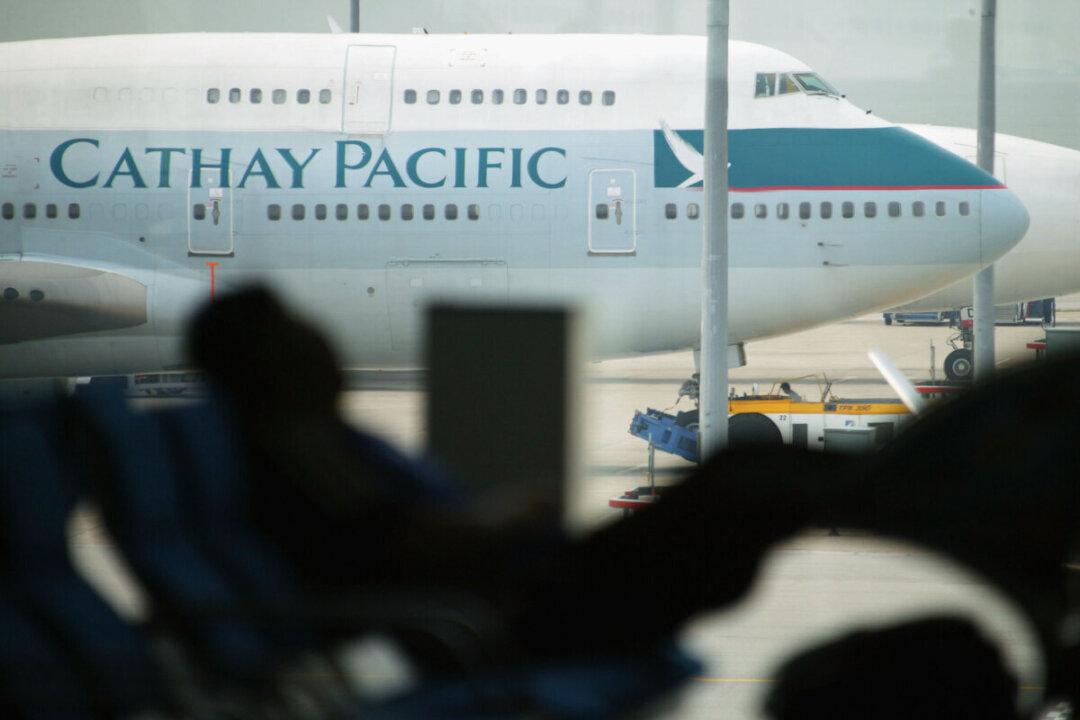The Australian government must adjust immigration in Australia in line with property supply as real estate prices keep soaring, according to a chief economist of a leading financial services provider.
“That’s the real issue here. We pump people into the economy, and then we all go, ‘Surprise, surprise, house prices are expensive. We got housing affordability problem.’ Of course, we’re gonna have that problem,” AMP’s Chief Economist Shane Oliver told The Australian Financial Review Property Summit.




